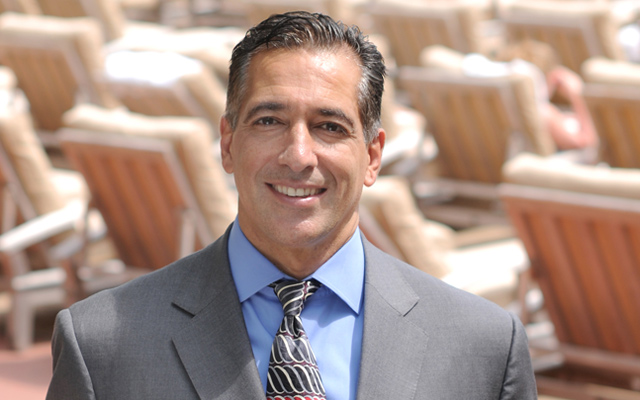But the phrase took on a whole new meaning several years back when I discovered that I didn’t know quite as much as I thought I did about my own state of fitness.
Growing up, I was an energetic and athletic kid. All through college I played soccer and other sports. Later, when I got involved in the fitness industry, I made a point of keeping myself in good shape. I worked out a lot, lifted hard and did a lot of sweaty, high-intensity cardio. I felt healthy and strong. But for the most part, my athletic focus was always on sprint sports – pursuits that involved quick bursts of speed and power for relatively short distances.
So about seven years ago, when I signed up for my first long-distance mountain-biking event, I was in for an ugly surprise. Feeling confident, I went into the race without having done much of any real endurance training. The results were horrific. I started out fast, but by the middle of the event I was pedaling with everything I had, only to watch, helpless, as hordes of people – people of all ages, shapes and sizes – breezed by me like I was standing still.
I was mortified. Meanwhile, I was also totally out of breath and suffering from agonizing muscle cramps. But quitting has never been in my nature, so I toughed it out. “OK,” I told myself when I finally dragged my aching body across the finish line. “I obviously need to do some training here.”
And I did.
During the next few years, I trained even harder than before. I spent more time on my bike, and I made some progress. But not nearly as much as I would have liked. My race times got better, but I was still getting passed by a disconcerting number of people, and I was still not entirely sure why.
Then, about three years ago, I decided to get strategic about my training. I completed a VO2-max test and a Metabolic Assessment Profile (MAP) at the Minneapolis Life Time Athletic Club, which at that time was our only facility that had the necessary technology to offer this type of testing. The tests helped me get a much better sense of how my body reacted to various levels of exercise intensity. The data also helped me pinpoint my anaerobic threshold (AT) – the point of exertion at which my body stopped burning primarily stored fat for energy and started burning through its limited supply of glycogen (churning out a lot of lactic acid in the process).
With my test results in hand, I got a heart-rate monitor and started tracking my intensity levels during all my workouts. And suddenly it became crystal clear: I’d been doing way too much of my training at sprint-level intensity (well above my AT) and not nearly enough in more moderate zones where my body could operate very efficiently for much longer periods of time. To build my endurance, I needed to exercise with less intensity, not more.
Armed with this information, I completely changed my training plan. I began by building my aerobic base, spending a lot of time in my lower heart-rate zones, and then doing some interval training to push my AT higher. During races, I’d closely monitor my heart rate, taking care not to push past my AT too long or too often.
The results I’ve had from training this way have amazed me, and they’ve kept getting better over time. Just last weekend, I did a 50-mile ride on my mountain bike without ever having to leave the saddle to generate more power. No cramps, no pain, no suffering. And best of all, no frustration.
Based on my own positive experience, I realized it was essential that Life Time Fitness become an advocate for this kind of science-based training and that we make it more widely available to our members. During the past year, Life Time Fitness has introduced VO2-max and MAP testing at all of our clubs, and we’ve begun actively encouraging our members to use heart-rate monitors for all kinds of training, including group fitness classes.
In this issue of Experience Life, you’ll find a variety of science- and technology-related articles, including several that explain how you can employ these tools to achieve your personal health and fitness goals. I am confident that, by applying what you learn here, you’ll experience some extraordinary breakthroughs of your own. Happy learning!



This Post Has 0 Comments